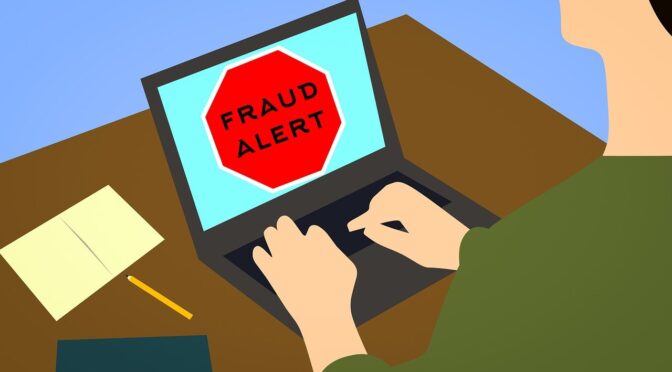Many of us may do more holiday shopping this year because we feel better about the economy, according to the 2014 Deloitte University Press Survey. And we’re likely to do 40 percent of our gift buying online. But it’s also a busy season for the bad guys. They’re standing by ready to take every opportunity we give them to steal money and identities. And that’s why we put together these cyber shopping safety tips.
1. Shop only on encrypted secure Internet connections
https: look for it.
Shopping and paying for your purchase using public Wi-Fi while drinking a latte, on a train, or walking through a transportation terminal may seem like a good idea, but it’s only safe if the Internet connection is encrypted. If it’s not, scammers can intercept your personal information and steal your identity. Most mobile hotspots are not encrypted.
Look for https at the start of the Internet address. s stands for secure. And the Federal Trade Commission warns that you should “look for https on every page you visit, not when you sign in.”
You may not see the https when you use a smartphone, but you’ll know if the connection is encrypted if you are asked to enter a password or code.
If you do a lot of shopping on the go, you might want to set up a VPN or virtual private network. OpenVPN is a popular free service. Apple, Google and Microsoft all support VPN.
Be aware that using public Wi-Fi for financial transactions is risky, period.
2. Log out if you find yourself on an unencrypted page.
3. Watch out for fake sites posing as the real thing
Some scammers set up fake sites using names of well-respected retailers. Look at the URLs to make sure that they match the retailer’s name exactly.
Don’t click on links. Type the name of your retailer in yourself.
4. Use credit cards
Shop with credit cards to protect yourself. Credit cards offer purchase protection and fraud dispute resolution. Don’t use debit cards that link directly to your bank.
5. Print or save your receipts
If there’s a dispute, you want those receipts. Print them out and keep them.
6. Read the fine print
Read the fine print about what you intend to purchase. Watch out for words like refurbished (that’s not new), vintage or close-out. The FTC says that “brand name products with bargain basement prices could be counterfeit.” So take care.
7. Careful with shopping apps
Shopping apps are great, but they also collect a lot of personal information. Make sure you know what they gather and what they do with it.
If pay with an app you may not have the same purchase protection as you do with a credit card. The FTC found that some app user agreements say the companies don’t take responsibility for helping you if you run into a problem.
So you might want to comparison shop with an app and buy with a credit card.
Safe shopping and enjoy the holidays!


